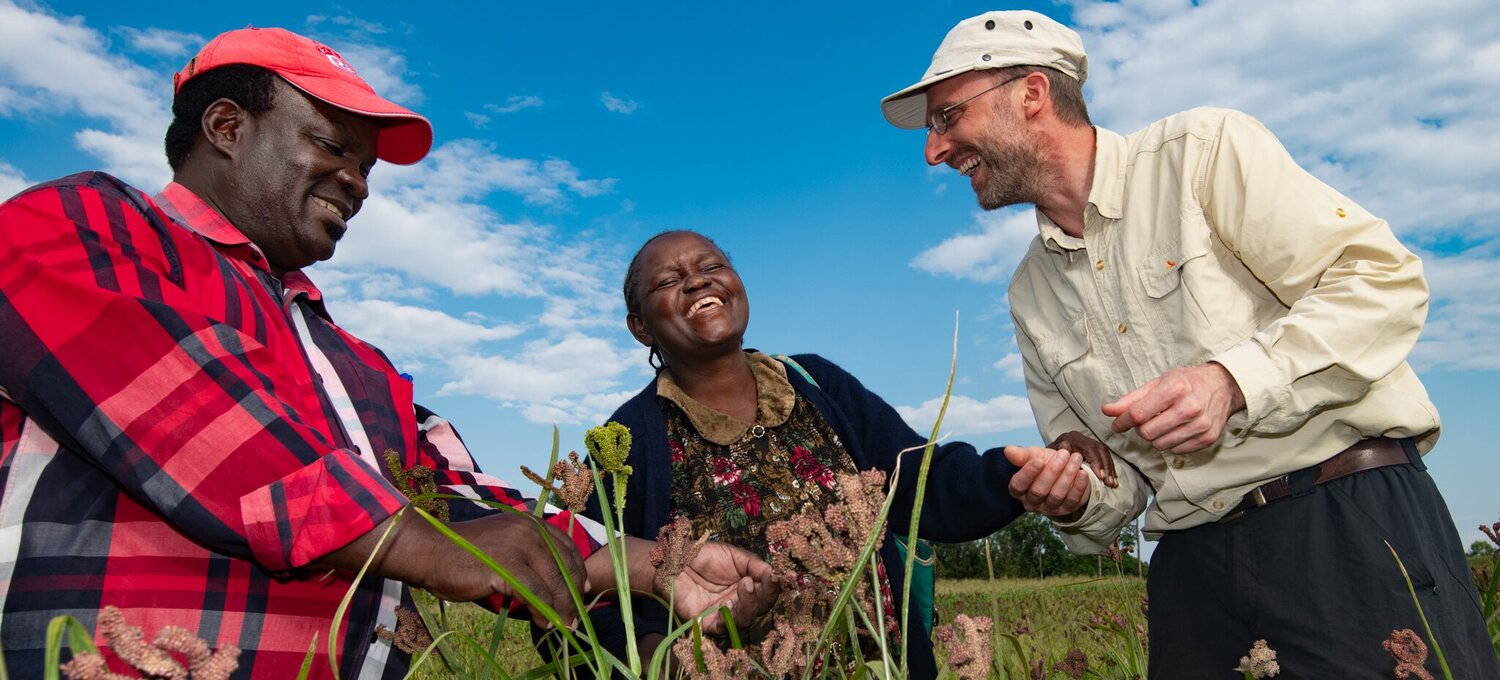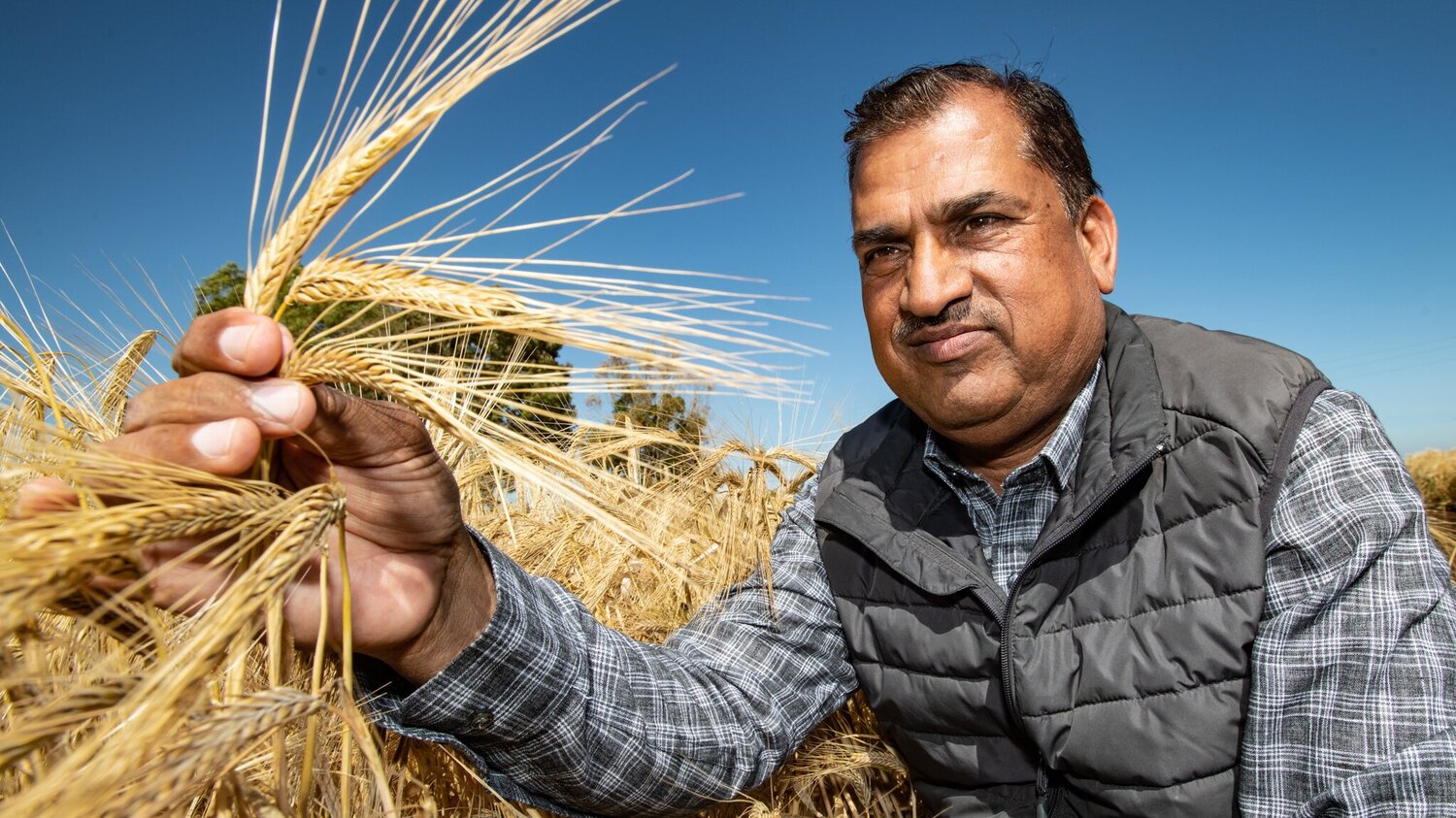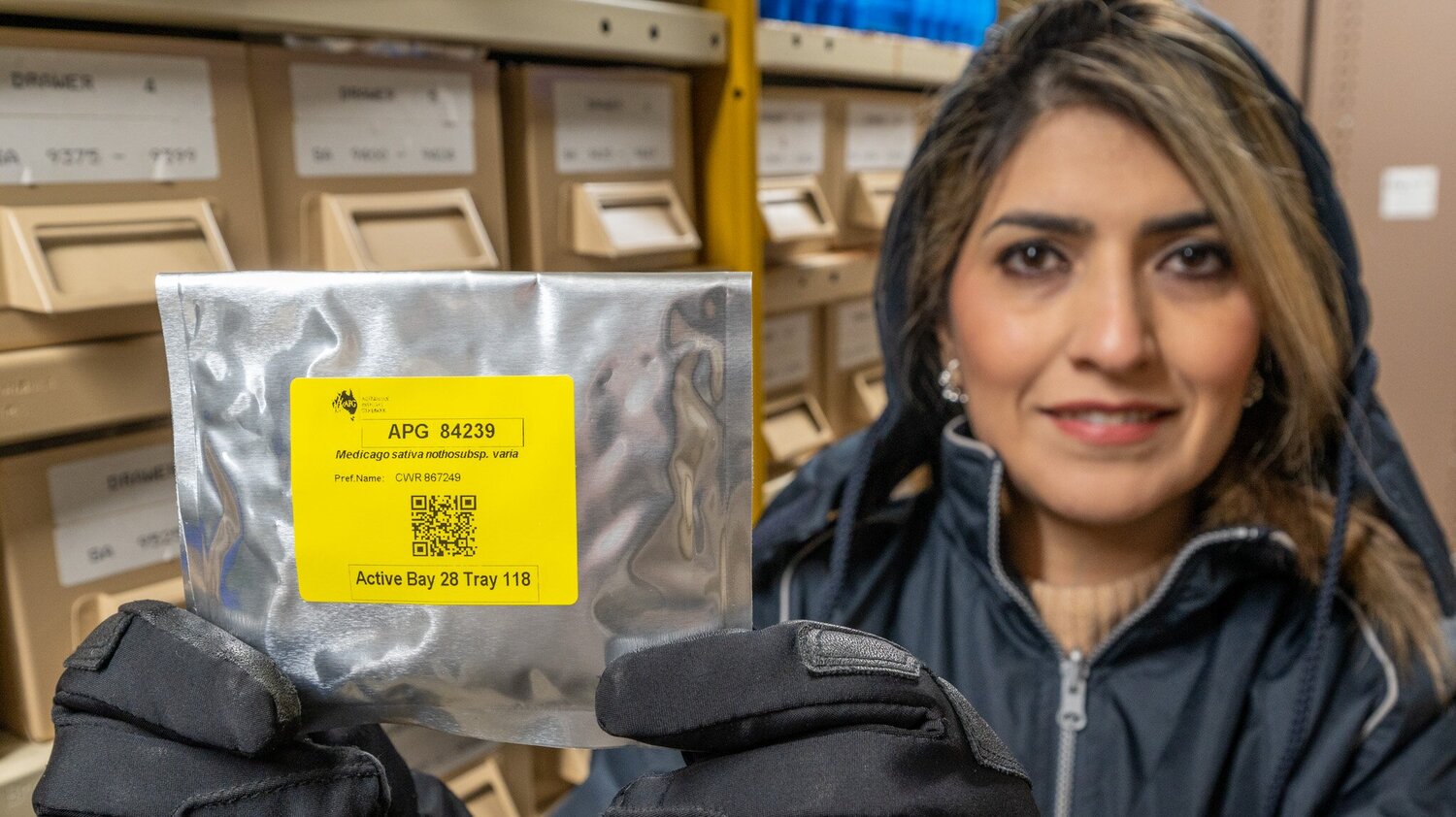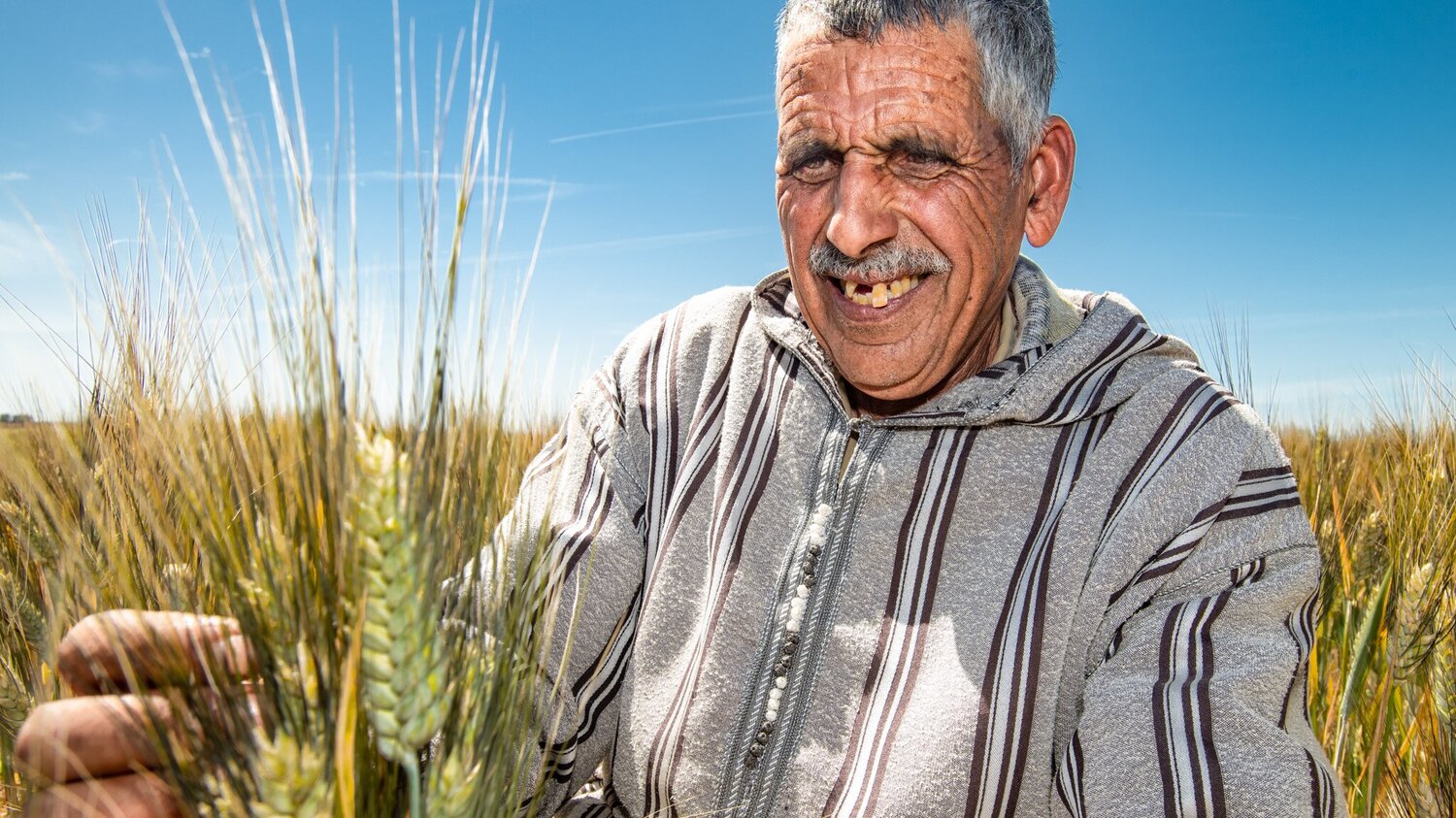Collecting In Numbers
25
countries worldwide
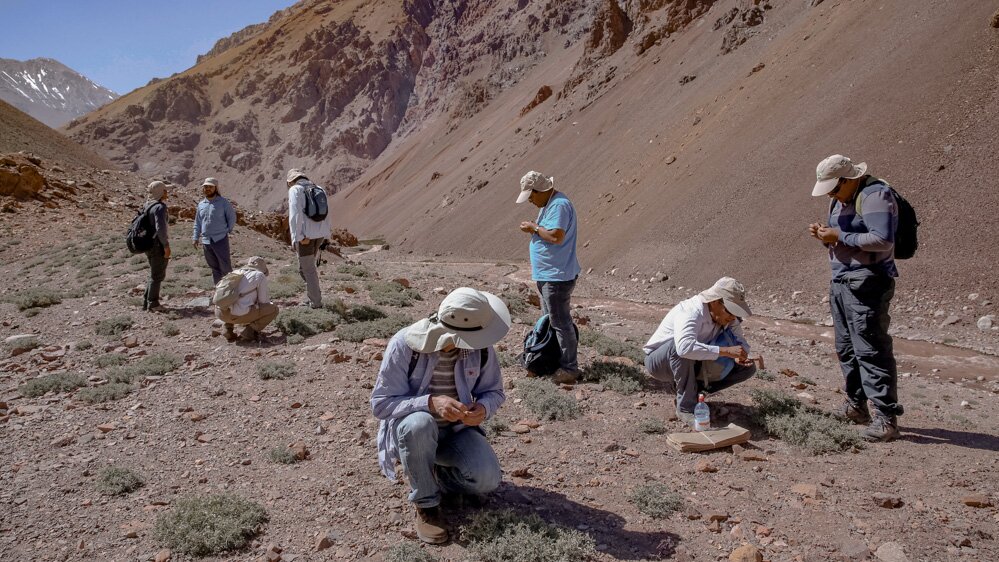
47
collecting partnerships with institutions

4,500+
seed samples collected and conserved

Pre-breeding and Evaluation In Numbers

A decade of wild diversity
In 2011, the“Adapting Agriculture to Climate Change: Collecting, Protecting and Preparing Crop Wild Relatives”project – the CWR project, for short – set out to identify which crop wild relatives needed the most urgent attention and to see that they got it. And it has succeeded spectacularly in this.
Project Components
Gap Analysis
The first phase of the Project focused on the development of a global CWR inventory, an occurrence dataset, and gap analyses detailing where CWR species have not been collected before. This initial research step helped to identify and prioritize which CWR to collect and where, based on a global dataset of past collections, expert evaluations, and information on ease of use in breeding for each species.
Collecting and conservation
National partners organized collecting of priority CWR in their country. Prior to collecting, permits had to be obtained, and localities of populations identified. Once found, collectors often needed to visit a site multiple times.
Once crop wild relatives have been collected, conserving them properly in ex situ collections is essential to ensure their continued availability. Samples of the crop wild relatives collected through this project have been deposited in the national collections of the country of origin, the Millennium Seed Bank, the appropriate CGIAR international collection, and the Svalbard Global Seed Vault whenever possible.
Pre-breeding and evaluation
The first step is using CWR in crop improvement is pre-breeding, an essential component of the Project consisting of a wide range of activities that aim to isolate desired genetic traits (e.g., disease resistance) and introduce them into breeding lines that are more readily crossable with modern, elite varieties. The Project supported the work of 62 national and international partners in 34 countries working on pre-breeding and evaluation of 19 key crops.
Sharing data and diversity
Collecting and conserving seed samples of vulnerable crop wild relatives and using them to produce pre-bred lines—a kind of bridge between the weedy wild relatives and the sort of domesticated crops farmers grow—are essential steps in using crop wild relatives to adapt agriculture to climate change. But equally important is making sure that the people who can use them in this effort—researchers, plant breeders and farmers, for example—know about them and their characteristics and can get their hands on them. The Project made data on the newly collected materials available through the Genesys platform and worked with the James Hutton Institute, UK, to make data on the pre-bred materials of 15 of the 19 crops accessible through the Germinate portal.
Capacity building
“Our partners are at the front lines of climate change adaptation and mitigation,” states Benjamin Kilian, coordinator of the Crop Wild Relatives (CWR) project. “From the very beginning, the project had a strong emphasis on capacity building, to ensure that our partners had the knowledge, skills and resources they needed to do their jobs to the best of their abilities.”

